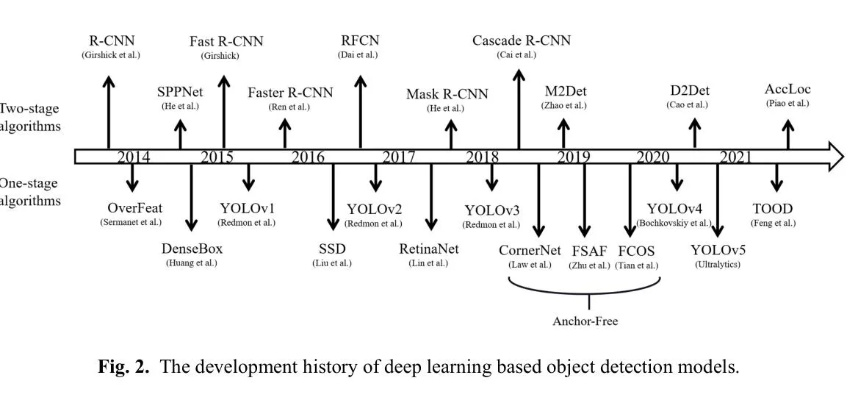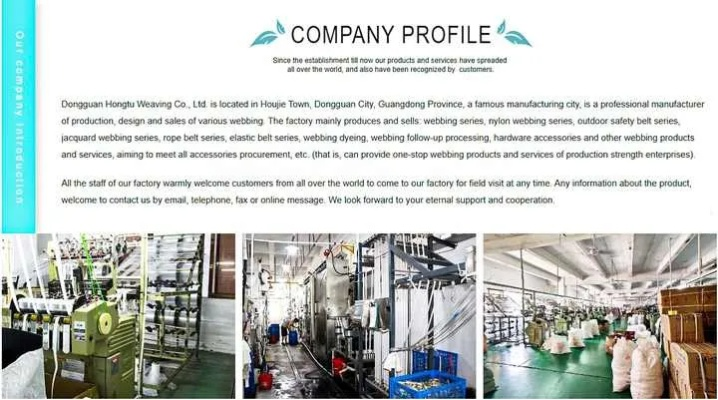The Evolutionary Journey of Electronic Textiles:A Historical Timeline
Electronic textiles, a novel category of materials that combine the properties of both traditional textiles and electronic devices, have undergone a fascinating evolutionary journey. Initially, these materials were developed as a means to enhance traditional textiles' functionality, such as adding electromagnetic interference shielding or temperature regulation capabilities. Over time, their applications expanded to encompass areas beyond traditional textiles, including clothing, sportswear, and even medical devices. The development of electronic textiles has been marked by significant advancements in technology, from the introduction of conductive threads to the creation of fully functional wearable devices. As we continue to explore the potential of electronic textiles, it is clear that this field will continue to evolve and expand, driven by innovation and the desire for new solutions to address pressing societal needs.
Introduction: The world of textiles has undergone a remarkable metamorphosis over the years, and electronic textiles have been at the forefront of this transformation. From the early days of static displays to today's sophisticated smart fabrics, electronic textiles have revolutionized the way we interact with our clothing. In this essay, we will trace the developmental history of electronic textiles, highlighting significant milestones, breakthroughs, and groundbreaking innovations that have propelled this field forward.
Historical Overview: The concept of electronic textiles can be traced back to the late 19th century when scientists began experimenting with electricity and light in textiles. However, it wasn't until the mid-20th century that these concepts began to take shape into tangible products.
1960s: The Beginnings of Electronic Textiles In the 1960s, researchers began exploring the potential of using electronic devices within textiles. This period saw the introduction of the first electronic textiles, such as conductive threads and conductive fabrics, which could transmit electricity. These early attempts were largely unsuccessful due to the lack of practicality and durability.

1980s: Technological Advancements By the 1980s, technological advancements had paved the way for more advanced electronic textiles. This period saw the development of microelectronic circuits embedded within textiles, allowing for the creation of functional garments. One notable example was the development of "smart" shirts by Nike, which used microchips to monitor heart rate and other vital signs.
1990s: Internet of Things (IoT) Revolution The 1990s marked the dawn of the Internet of Things (IoT), which has significantly impacted the development of electronic textiles. With the advent of wireless communication technologies, electronic textiles became more interconnected and accessible. This led to the creation of wearable electronic devices that could communicate with each other and provide real-time data to users.
2000s: Smart Textiles and Wearable Technology The 2000s saw the rise of smart textiles and wearable technology, which further integrated electronic components into everyday clothing. This period also saw the emergence of wearable devices that could monitor health metrics, temperature, and even communicate with smartphones. Examples include Fitbit's smartwatches and Apple's iWatch.
2010s: Artificial Intelligence and Machine Learning As artificial intelligence (AI) and machine learning (ML) became more prevalent in the tech industry, they found their way into electronic textiles as well. This period saw the development of intelligent fabrics that could learn from user behavior and adjust their appearance based on the wearer's preferences. Examples include Google's smart curtains and Amazon's Alexa-enabled clothing.
2020s: Future-Proofed Electronic Textiles The COVID-19 pandemic accelerated the pace of innovation in electronic textiles, leading to the development of new materials and designs that are more durable and environmentally friendly. This period also saw the emergence of wearable electronics that could provide entertainment, fitness tracking, and even medical monitoring. Examples include Jabra's noise-cancelling headphones and Fitbit's smart glasses.
Conclusion: The journey of electronic textiles has been a fascinating one, marked by significant milestones, breakthroughs, and groundbreaking innovations. From the early days of static displays to the present day, electronic textiles have transformed the way we interact with our clothing, making them more intelligent, sustainable, and personalized. As we continue to explore the possibilities of this rapidly evolving field, we can expect even more exciting developments in the years to come.
电子纺织品作为现代科技的产物,其发展历程可谓是一部丰富多彩的历史长卷,从最初的简单功能应用,到如今的高科技、个性化、环保等多功能领域,电子纺织品经历了从无到有、从简单到复杂的巨大变革,本篇文章将通过图表形式,为您呈现电子纺织品的发展历史图谱,并结合案例说明进行深入解析。
电子纺织品发展历史概述
早期发展阶段(约19世纪末至20世纪初)

在这一阶段,电子纺织品主要应用于军事、工业等领域,主要以功能性面料为主,随着科技的进步,电子纺织品的材料和技术逐渐得到改进和完善。
快速发展阶段(21世纪至今)
随着互联网、物联网、人工智能等技术的飞速发展,电子纺织品行业迎来了前所未有的发展机遇,各种新型材料和技术不断涌现,使得电子纺织品在功能、设计、环保等方面都有了巨大的提升。
电子纺织品发展历史图表补充说明
以下是电子纺织品发展历史图表补充说明:
(请在此处插入电子纺织品发展历史图表)
案例说明
早期案例:传统电子纺织品的应用与演变
在早期,电子纺织品主要应用于军事和工业领域,某些军用服装采用特殊的导电材料制作,具有导电、防静电等功能,这些服装不仅实用,还具有一定的美观性,随着科技的不断进步,传统电子纺织品也在不断进行创新和改进,以满足更多领域的需求。
当前案例:新兴电子纺织品的技术创新与应用

当前,新兴电子纺织品在材料、设计、功能等方面都有了巨大的提升,新型纳米材料电子纺织品具有超强的导电性能和柔软舒适的手感,广泛应用于医疗、航空航天等领域,智能穿戴设备、智能家居等领域的出现,也使得电子纺织品的应用范围更加广泛。
电子纺织品发展趋势预测
随着科技的不断发展,电子纺织品行业将继续迎来新的发展机遇,电子纺织品将在以下几个方面继续发展:
-
材料创新:新型材料将成为电子纺织品发展的重要方向,可穿戴式生物传感器材料、环保型高分子材料等将不断涌现。
-
功能拓展:电子纺织品将具有更多的功能和应用领域,智能穿戴设备将更加智能化、个性化,满足更多用户的需求。
-
环保理念:环保将成为电子纺织品的重要发展方向,电子纺织品将更加注重环保、低碳、可持续等理念,以实现绿色发展。
电子纺织品的发展历程是一部丰富多彩的历史长卷,其发展历程充满了创新和变革,随着科技的不断发展,电子纺织品将继续迎来新的发展机遇,其应用领域也将更加广泛,我们期待着未来电子纺织品的更加美好的发展前景。
Articles related to the knowledge points of this article:
The Beauty of Textiles 3A for Washing



